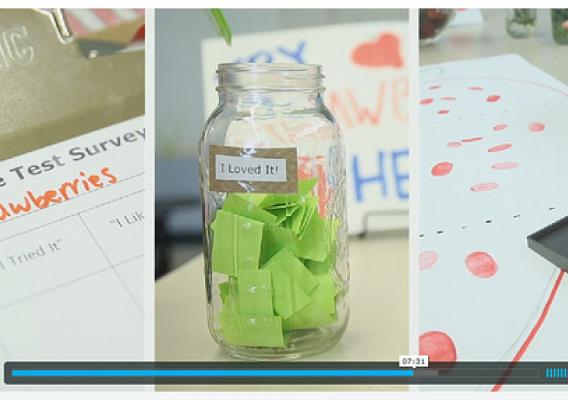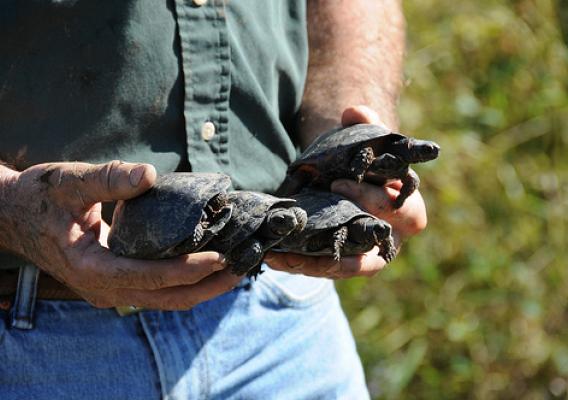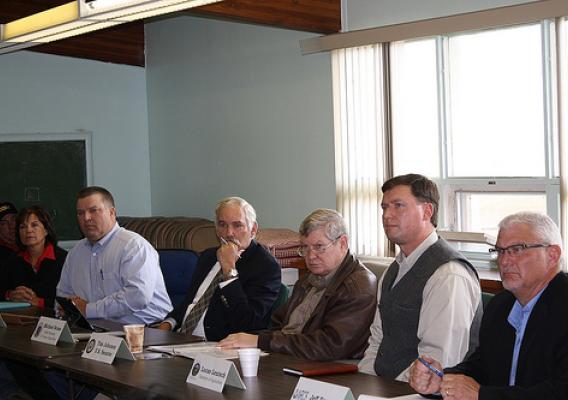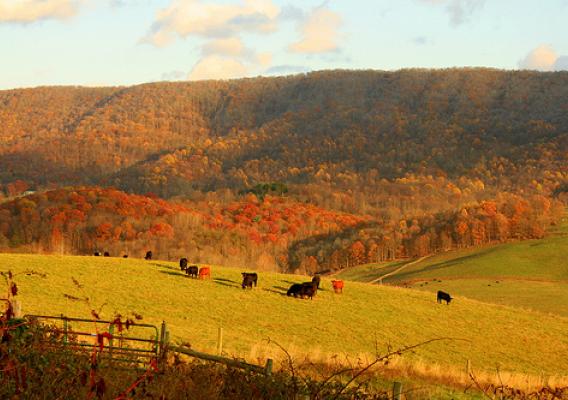This post is part of the Science Tuesday feature series on the USDA blog. Check back each week as we showcase stories and news from USDA’s rich science and research portfolio.
2013 is the International Year of Statistics. As part of this global event, every month this year USDA’s National Agricultural Statistics Service will profile careers of individuals who are making significant contributions to improve agricultural statistics in the United States.
Growing up in Texas, you’re never far removed from agriculture. Even though I grew up in Houston, my grandparents had a beef operation and I’ve always believed that agriculture is simply in my blood. I also knew that I had a passion for numbers, so when time came for me to pick a college major, Agricultural Economics seemed like a great combination of my two passions.
I earned my degree from Prairie View A&M University in Texas. During my junior year, I joined USDA’s National Agricultural Statistics Service (NASS) Texas Field Office as an intern, which ended up transforming into a full time position with the agency’s Arkansas office after my graduation.






